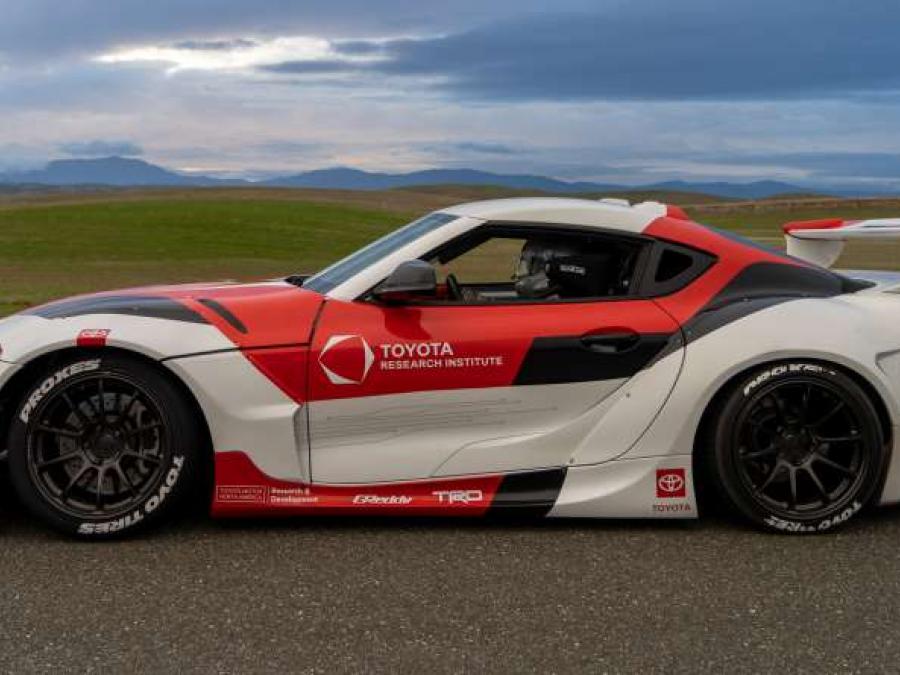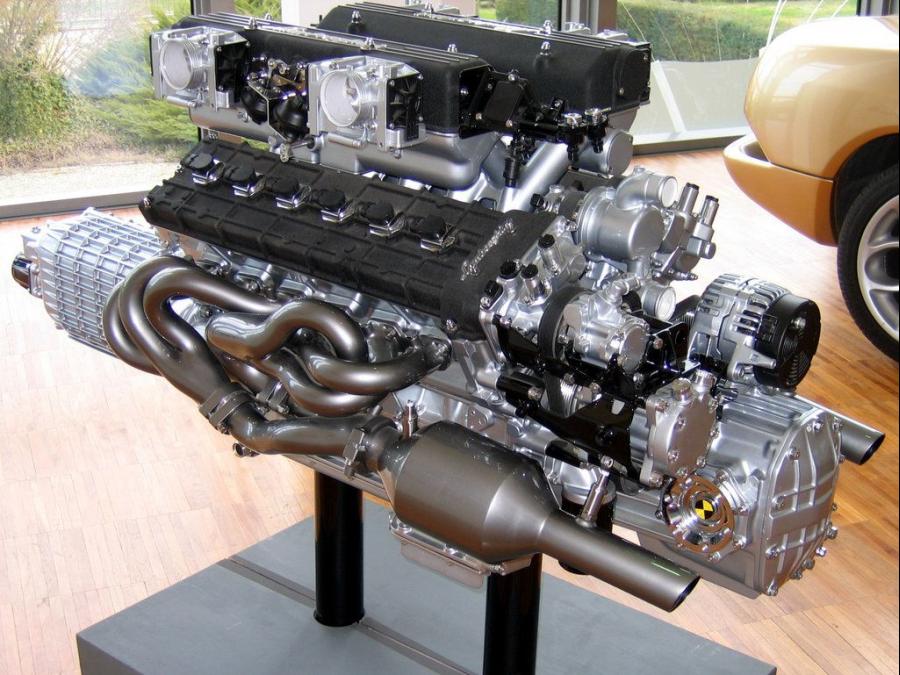
Computer assisted technologies during recent years have enabled automakers to achieve leaps & bounds in vehicle safety. The latest example comes from Toyota Research Institute (TRI) which has developed world’s first autonomous drifting technology that can help vehicle maneuver its way out of danger, animatedly like a professional race car driver does.
TRI started the work a year ago in collaboration with USA’s Stanford University’s Dynamic Design Lab, with the idea of not creating an exhilarating auto-drifting car but to push active safety technology to the extremes, mimicking professional driver-level maneuvering in a way that could avoid crashes and prevent fatalities. The research scientist at TRI, Jonathan Goh explains:
“When faced with wet or slippery roads, professional drivers may choose to ‘drift’ the car through a turn, but most of us are not professional drivers. That’s why TRI is programming vehicles that can identify obstacles and can autonomously drift around these obstacles on a closed track.”
By building skills comparable to an expert driver, the newly developed technology can amplify and augment a regular driver’s ability to respond to dangerous and extreme situations, helping keep people safe on the road. A programmed Toyota GR Supra autonomously drift around obstacles at the Thunderhill Raceway, successfully demonstrating this technology. TRI’s algorithms activate and control drifting using the computer-operated steering, throttle, clutch displacement, sequential transmission and individual wheel braking equipped to the Supra research vehicle. The suspension, engine, transmission and safety equipment have been upgraded close to Formula Drift spec in order to operate the experiment safely under controlled conditions and collect data.
Commenting on this, Avinash Balachandran, senior manager of TRI’s Human Centric Driving Research said:
“At TRI, our goal is to use advanced technologies that augment and amplify humans, not replace them. Through this project, we are expanding the region in which a car is controllable, with the goal of giving regular drivers the instinctual reflexes of a professional race car driver to be able to handle the most challenging emergencies and keep people safer on the road.”
However, drifting on a closed 3.2-km stretch of track with defined obstacles is vastly different from doing so on a roadway with unidentified hazards and traffic, so it will be interesting to see if the auto-drift assist technology is packaged with mainstream Toyota cars in near future. However, Toyota says it plans to continue research into how automated tech can help “amplify human capabilities on the road,” including in extreme situations that push the limits of vehicular capability.

Italian sports car maker Lamborghini has announced that 2022 will be the final year it offers pure combustion-engined cars. Starting from next year, the automaker will begin selling plug-in hybrid models, and all of its offerings will be electrified by 2024.
In an interview with Bloomberg, CEO Stephan Winkelmann said:
“2022 will be the last time that we only offer combustion engines.”
Lamborghini’s first production PHEV is said to be unveiled later this year, which is among four new planned product launches. The company has allocated record 1.5 billion euros for its electrification phase, including an all-electric Lamborghini that’s scheduled to be released after 2025. Lamborghini is also working on the final design for its first EV, while Winkelmann said the company is leaning toward a four-door model suited for daily use.
Meanwhile, the CEO said Lamborghini has nearly sold out its entire production run for 2022, on the back of record deliveries and demand in 2021 as the company delivered 8,405 vehicles globally in 2021.

Despite COVID-19 challenges and global shortage of semi-conductor chips, Chery sold 961,926 units, which is not only a massive 37% year-on-year increase but also a record-breaking figure for the Chinese automaker.
Among nearly 1 million vehicles it sold last year, Chery exported 269,154 units, which is 136.3% higher when compared to exports from previous year. With that, Chery has retained its title as the leading exporter of Chinese passenger vehicles for 19 consecutive years.
Chery claims a global user base of over 10 million consumers, including 1.95 million users outside of China. Chery attributes its popularity in global markets to the “Pro/ Plus” series of models which boasts enhanced looks & features compared to regular models.
Two of such Pro models– Tiggo-4 Pro and Tigg-8 Pro were unveiled recently as Chery having teamed up with Ghandhara is in process of making a comeback by introducing a range of passenger vehicles in Pakistan. As revealed by the company officials during the event, Chery will launch at least 6/7 more products in the country within the next 2/3 years including sedans and new energy vehicles. The move is part of Chery’s strategy to engage with emerging automotive markets around the world, tailoring brands and products to meet the rising consumer demand.















